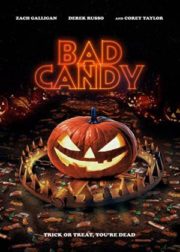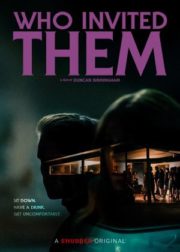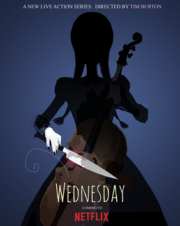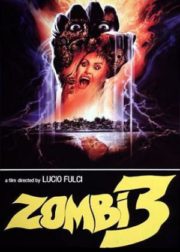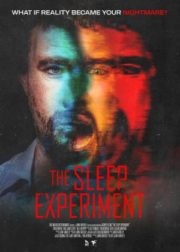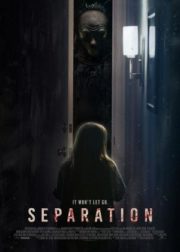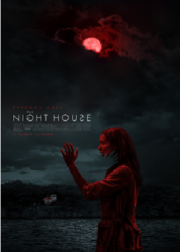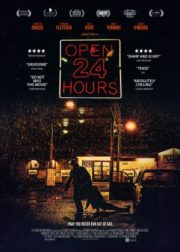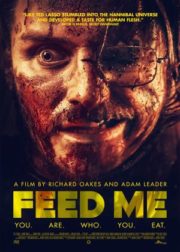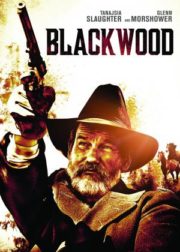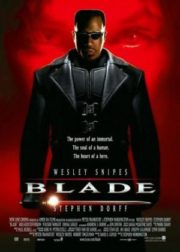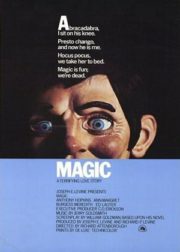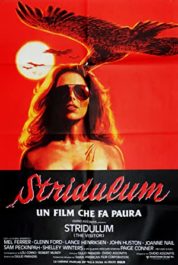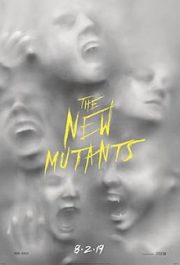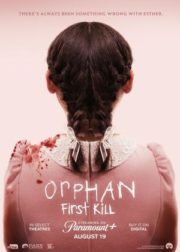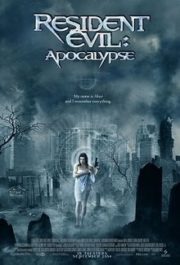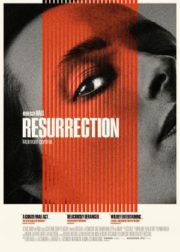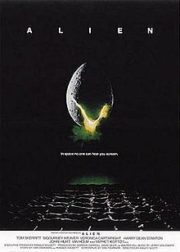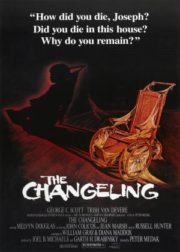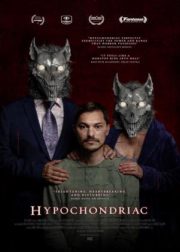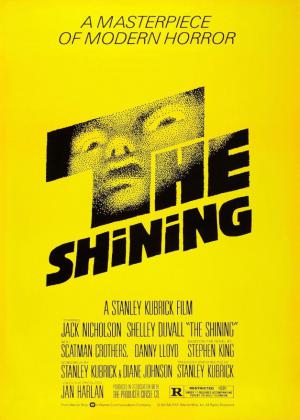
“The Shining,” directed by Stanley Kubrick and released in 1980, is a psychological horror film that has become a cult classic and one of the most influential works in the genre. Based on Stephen King’s novel of the same name, the film captivates audiences with its atmospheric tension, visual brilliance, and iconic performances. Kubrick’s meticulous direction and his exploration of themes such as isolation, madness, and the supernatural make “The Shining” a haunting and enduring masterpiece.
Plot:
The film follows Jack Torrance (played by Jack Nicholson), a struggling writer who takes a job as the caretaker of the isolated Overlook Hotel during its winter closure. Jack moves into the hotel with his wife, Wendy (Shelley Duvall), and their young son, Danny (Danny Lloyd), who possesses psychic abilities known as “the shining.” As the winter progresses, the hotel’s malevolent presence begins to affect Jack’s sanity, leading to a descent into madness and violence that puts his family in grave danger.
Themes of Isolation and Madness:
At its core, “The Shining” explores the destructive effects of isolation and the unraveling of the human psyche. The film delves into Jack’s increasing paranoia, the disintegration of family bonds, and the cyclical nature of violence. Kubrick expertly builds a sense of dread and unease, blurring the line between reality and the supernatural, leaving audiences unsettled and questioning the true nature of the horror.
Visual Brilliance and Symbolism:
Kubrick’s meticulous attention to detail and visual storytelling are on full display in “The Shining.” The film’s cinematography, with its iconic tracking shots and carefully composed frames, creates an eerie and oppressive atmosphere within the vast and empty hotel. Kubrick’s use of color, architecture, and repetitive motifs, such as the labyrinthine hallways and the eerie Grady twins, adds layers of symbolism and interpretation, inviting viewers to dissect the film’s deeper meaning.
Iconic Performances:
Jack Nicholson’s portrayal of Jack Torrance is one of the film’s standout elements. His gradual transformation from a seemingly normal man to a menacing and deranged figure is both mesmerizing and terrifying. Shelley Duvall delivers a compelling performance as Wendy Torrance, capturing the vulnerability and fear of a woman trapped in a nightmarish situation. Danny Lloyd, in his debut role as Danny, portrays a haunting combination of innocence and eerie precognition.
Cultural Impact and Interpretations:
“The Shining” has left an indelible mark on popular culture, with numerous references and parodies in films, television, and music. Its enigmatic ending has sparked countless interpretations and theories, leading to ongoing discussions about the film’s underlying meanings. The movie’s influence can be seen in the psychological horror genre, as it redefined the expectations and possibilities of the genre, emphasizing atmosphere, psychological depth, and symbolic storytelling.
Conclusion:
“The Shining” remains a timeless masterpiece of psychological horror, skillfully crafted by the visionary Stanley Kubrick. Its exploration of isolation, madness, and the supernatural, combined with iconic performances and striking visuals, has solidified its place in cinematic history. As audiences continue to be captivated by its mysteries and delve into its rich symbolism, “The Shining” continues to haunt and intrigue viewers, leaving an everlasting imprint on the genre and the collective imagination.
Submit your review | |
The Shining, directed by Stanley Kubrick and released in 1980, is a haunting and iconic masterpiece of psychological horror. Based on Stephen King's novel of the same name, the film is a chilling exploration of isolation, madness, and the dark secrets that lurk within the human psyche.
The story follows Jack Torrance (played by Jack Nicholson), a struggling writer who takes a job as the winter caretaker of the isolated Overlook Hotel. Accompanied by his wife Wendy (Shelley Duvall) and young son Danny (Danny Lloyd), Jack hopes to find solace and inspiration in the quiet solitude of the hotel. However, as the winter progresses, supernatural forces begin to awaken within the hotel, preying on Jack's vulnerabilities and driving him to the brink of insanity.
One of the defining features of The Shining is Stanley Kubrick's meticulous attention to detail and his masterful command of the visual medium. Every shot is carefully crafted, creating an atmosphere of unease and tension that permeates throughout the film. The iconic tracking shots, eerie cinematography, and the deliberate use of color contribute to the film's unsettling and claustrophobic ambiance.
Jack Nicholson delivers a tour-de-force performance as Jack Torrance, fully immersing himself in the character's descent into madness. His portrayal of a man gradually consumed by his inner demons is both mesmerizing and terrifying. Shelley Duvall's performance as Wendy is equally powerful, capturing the fear and desperation of a woman trapped in a nightmarish situation. The chemistry between the two actors creates a palpable sense of unease and adds to the film's sense of impending doom.
The Shining is not solely reliant on jump scares or graphic violence to elicit fear. Instead, it delves deep into the psychological realm, exploring themes of obsession, family dynamics, and the cyclical nature of violence. Kubrick skillfully builds suspense through subtle visual cues, unsettling sound design, and a carefully constructed narrative that gradually unravels the characters' sanity.
Another standout aspect of the film is its exploration of the Overlook Hotel as a character in its own right. The hotel's grandeur and opulence quickly give way to a sense of malevolence and a maze-like structure that mirrors the characters' disorientation and psychological unraveling. The film's iconic locations, such as the blood-filled elevator, the haunted corridors, and the eerie ballroom, have become iconic symbols of horror cinema.
In addition to its psychological depth, The Shining is also open to multiple interpretations, with themes of cyclical violence, the loss of identity, and the supernatural blurring the lines between reality and nightmare. The film leaves viewers with lingering questions and a sense of unease long after the credits roll.
In conclusion, The Shining is a haunting masterpiece of psychological horror that continues to captivate audiences with its atmospheric tension, iconic performances, and thought-provoking themes. Stanley Kubrick's meticulous direction and attention to detail, coupled with the standout performances by Jack Nicholson and Shelley Duvall, make this film an unforgettable cinematic experience. The Shining remains a timeless classic that continues to influence and inspire the horror genre, solidifying its status as one of the greatest films in cinematic history.
This is an interesting movie based on its concepts about the killing of American Indians, but it is even much richer than that.
With Jack Nicholson, the movie has a star that truly owns his role in this solid adaptation of Stephen King’s interesting book with the same name.
Stanley Kubrick is also a great actor and he showed in this movie that you don’t necessarily have to infuse so many jump scares to have a scary movie that is great to watch.
This is not the best adaptation of a King’s book I have watched, but this movie remains a classic with the impressive acting and professional production.


